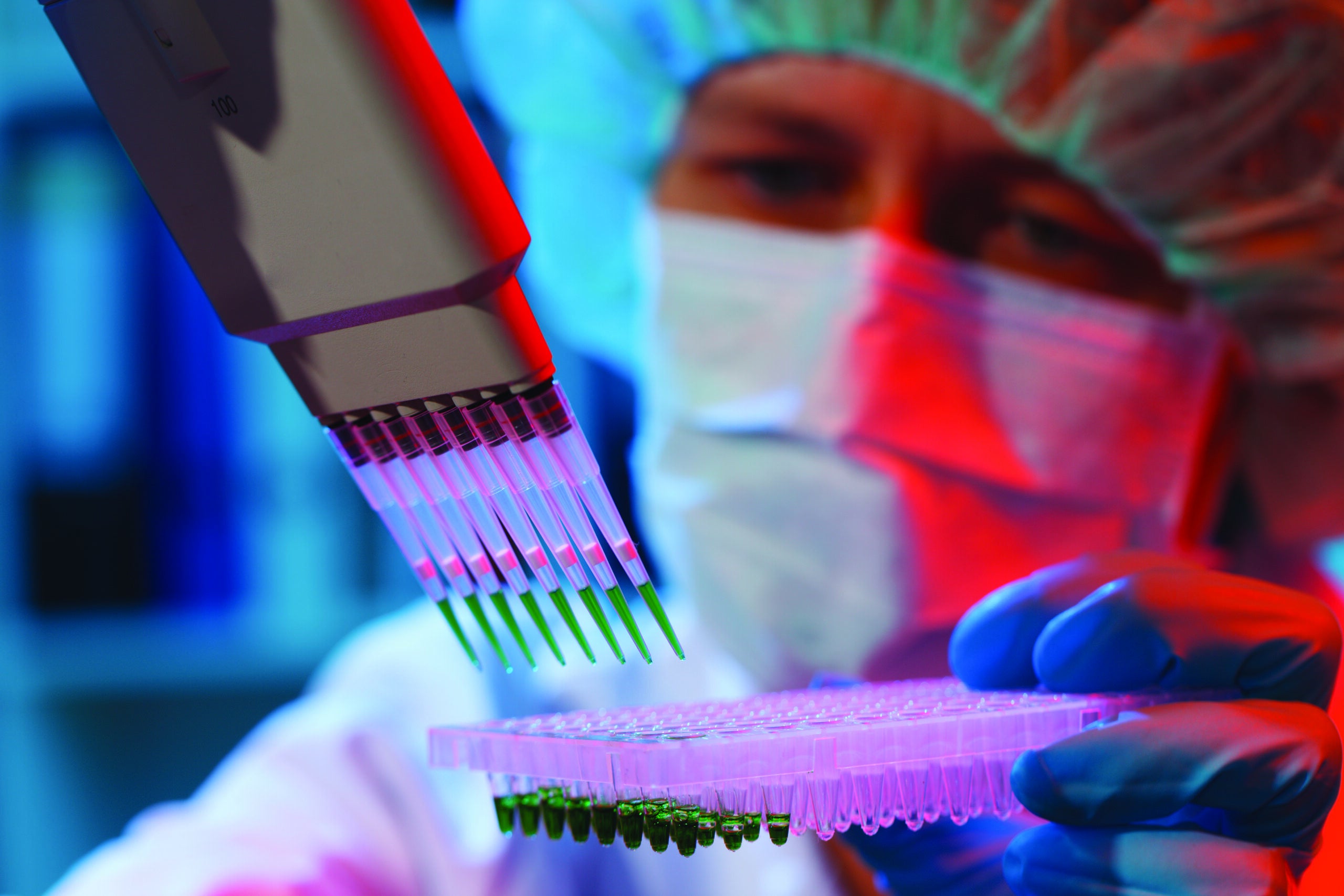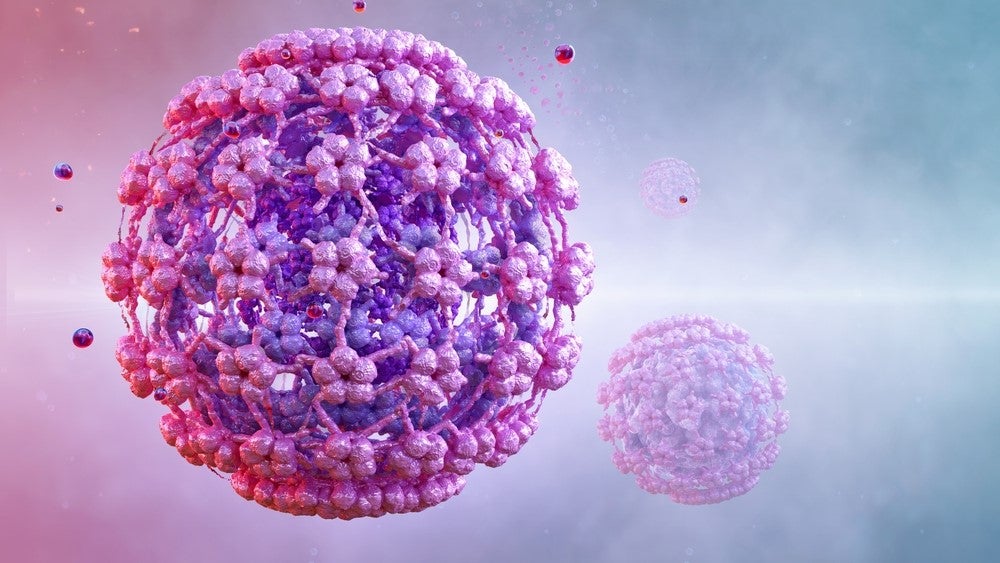
The potential benefits of gene and cell therapy are undeniable. In theory, these therapies offer a fundamental shift in how certain diseases can be treated. The prospect of a curative, one-time treatment is remarkably appealing and in many ways is the holy grail of patient treatment.
It is interesting to note that the concept of gene and cell therapy has been around since the early 1970s. In fact, the first gene therapy study took place in 1989. However, the first gene therapy drug was only approved in 2012. A reasonable question one might ask is, “if this concept has been around since the 1970s, why has it taken about 40 years for this concept to produce a drug?” In our mind, there are two answers here. The first answer is there have been necessary advancements in science and technology that needed to be developed to move this treatment modality forward. The second is that, as promising as gene and cell therapies are, there are potential side effects that can be extremely risky to patients. Some of these side effects include: unintended immune system reactions, off-target gene editing, illness due to capsid virus, and in-vivo over production of therapy.
Although the desired outcome of gene and cell therapy are the same, a one-time curative treatment, there are differences between the two therapies. Gene therapy replaces a faulty gene or adds a new gene to attempt to cure disease or improve your body’s ability to fight disease. In general, the drug delivery mechanism of a gene therapy treatment is not all that different that currently marked proteins that are delivered parenterally (e.g. intravenously). Cell therapy treatment differs in that it is a treatment with cells. This technology relies on replacing diseased or dysfunctional cells with healthy, functioning ones. In general, the drug delivery mechanism for cell therapy requires harvesting cells from a patient, subsequent ex-vivo cell editing and reintroduction of edited cells. In many cases, the methods required for cell harvesting and reintroduction of edited cells are extremely burdensome on the patients.
Industry Perspective
Many pharma companies are making bets on gene and cell therapy. Some of the larger companies include: Pfizer, Novartis, Sanofi, Bayer and BMS. Some of the smaller companies include: bluebird bio, Juno Therapeutics, AveXis, Spark Therapeutics and UniQure. Additionally, there are many academic institutions also very active in this space. With so many companies involved, business development deals are bound to happen. Collaborations can be complicated and are not “one size fits all.” Often the deals tend to be focused on clinical development and technical development. The supply responsibilities are partner-, program- and stage development-specific. Routinely, the partnerships tend to focus on Partnership and Program Development, and not the supply chain.
These companies are boldly chasing some very terrible disease states. Perhaps one of the most exciting aspects of gene and cell therapy is the potential creation of drugs for patients, who in the not so distant past, had little optimism for treatment options. These companies are working develop treatments for some of the following disease states: acute lymphoblastic leukemia (ALL), hearing loss, Parkinson’s disease, Friedreich’s ataxia, Huntington’s disease, inherited retinal dystrophy, heart failure, sickle cell disease, Hemophilia and Spinal Muscular Atrophy.
How well do you really know your competitors?
Access the most comprehensive Company Profiles on the market, powered by GlobalData. Save hours of research. Gain competitive edge.

Thank you!
Your download email will arrive shortly
Not ready to buy yet? Download a free sample
We are confident about the unique quality of our Company Profiles. However, we want you to make the most beneficial decision for your business, so we offer a free sample that you can download by submitting the below form
By GlobalDataMarket Place Perspective
Commercial success has not been achieved as rapidly as some may like. For example, the European Commission approved the first gene therapy, uniQure’s Glybera, in 2012. It was indicated for adult patients diagnosed with familial lipoprotein lipase deficiency (LPLD) confirmed by genetic testing, and suffering from severe or multiple pancreatitis attacks despite dietary fat restrictions. Unfortunately, the drug was not a commercial success. Its price was >$1.0MM, was used commercially one time, there were too few patients, and the drug faced questions about how effective the drug was. In April 2017, uniQure announced that it would not pursue the renewal of the Glybera marketing authorization in Europe when it expired on Oct. 25, 2017.
Recently, there has been some exciting commercial progress with gene and cell therapy. For example, in mid to late 2017, the FDA approved two CAR-T (cell therapy) drugs. In Aug. 2017, the first CAR-T treatment, Novartis’s Kymriah. Kymriah is a CAR-T treatment approved for treatment for B-cell acute lymphoblastic leukemia that has resisted treatment, or relapsed, in children and young adults aged 3 to 25. In Oct. 2017, Kite and Gilead’s Yescarta, was approved to treat adult patients with certain types of large B-cell lymphoma who have not responded to or who have relapsed after at least two other kinds of treatment.
Supply Chain Considerations
The supply chain considerations will be framed out through the prism of APICS’s Supply Chain Operations Reference (SCOR) model. The SCOR model breaks down supply chain operations into six core functions; Plan, Make, Source, Deliver, Return and Enable. For the purposes of this article we will focus on Plan, Make, Source and Deliver.
Making Plans to Supply Gene Therapy Treatments
Traditional Drug Lifecycle – Repeat Dosing; Treatment Therapy:
Traditional drugs follow a traditional demand curve where the drug is introduced, grows to maturity (i.e. peak sales), starts its decline and eventually faces generic competition or phase out. For these traditional therapies there is an advantage to being first to market. However, there is still space for competition and often competing companies can erode the first to market advantage by offering a differentiated product or reduced price.
Normally these traditional drugs are expected to achieve their peak sales approximately 3-7 years after launch and will deliver significant top line revenue for the better part of two decades. This allows the company years of commercial sales to recoup its R&D investment and make additional R&D investments. Additionally, the pricing model for these therapies is mostly well understood by the payers. Finally, from a long-term supply planning point of view, these drugs will follow a traditional capacity management paradigm where it is assumed that over the course of many years that manufacturing capacity will increase, level off to a steady state and then decrease.

http://www.pharmexec.com/rethinking-product-lifecycle-management
Gene Therapy Life Cycle – One Dose, Curative Therapy
Assuming gene and cell therapies are indeed truly curative, they will likely follow a non-traditional demand curve. In this case it is assumed that peak sales will be achieved very quickly, compared to a traditional drug, after launch. Additionally, it is likely that once peak sales are reached there will be a rapid decline in underlying patient demand eventually leading to a long-term demand plateau. This assumes that once a safe and effective curative treatment is introduced it will be able to treat the existing large pool of patents for a particular disease (rates of prevalence).
Once this large pool of patients is treated, all subsequent demand will come from new cases of a particular disease (rates of incidence). Assuming this demand curve holds true there is a momentous advantage of being first to market. In this scenario, these drugs are expected to achieve their peak sales approximately 3-5 years after launch before seeing a sizeable drop in underlying patient demand and then a plateauing effect leading to lower sales versus peak. This implies the company has less time to recoup its initial investment. However, the price point and reimbursement for curative therapies is difficult to forecast.
In some cases, these curative therapies are being marketed with six to seven figure price tags. Paying for these therapies is a difficult industry wide question and will not be discussed further in this article. Lastly, from a long-term supply planning point of view, these drugs will not follow a traditional capacity management paradigm. In this case it is assumed that there will be a capacity need spike for just a few years post-launch and then manufacturing capacity will decrease and then level off to a steady state.

Sourcing and Making Gene and Cell Therapy Treatments
Manufacturing processes for gene and cell therapy products tend to have lower material yields than biologic or small molecule products. This fact has implications from the first to last node of the supply chain and must be taken into consideration during its strategic design. Considering that autologous cell therapies are manufactured for individual patients from their own cells, it is logical that the manufacturing output will be limited.
Allogenic gene therapies, on the other hand, are manufactured at small scales because of technological limits. Often, the total liquid yielded from a manufacturing campaign can be less than the volume of a single can of soda. Therefore, the allocation of this material must be handled diligently to ensure that the maximum amount can be conserved for the dosing of patients. It is an emerging best practice to allow patients to drive demand. In other words, the drug is held at a central depot until a patient has randomized into a clinical trial and is thereby confirmed eligible.
This underscores the importance of developing a cost-effective supply chain. In many cases, the clinical and commercial supply chains will not look fundamentally different. As such, it’s important to consider what the commercial supply chain will look like during the design of the clinical supply chain.
The Last Mile: Delivering Life Changing Therapies to Patients
Supply chains are complex for all pharmaceutical products; however, gene and cell therapies face additional challenges. These include regulatory compliance, time and temperature sensitivity, chain of custody, information availability, scalability, and patient demand. In short, all elements of the supply chain must be perfectly synchronized because gene and cell therapy treatments often come with strict time limits for transit, collection, and delivery to the patient. 100 percent perfect order fulfillment is paramount to patient’s lives. This is of supreme importance in the case of autologous cell therapy treatments in which the patient’s own cells are harvested, transported to a manufacturing site, edited, and returned to the hospital for reimplantation into the patient.
The storage and movement of most gene and cell therapy products occurs at ultra-low or cryogenic temperatures. The products are typically frozen to these temperatures almost immediately following manufacturing thus limiting labeling options. The aforementioned low manufacturing yield of most products further limits the capability for handling post freeze because of limited freeze and thaw stability data. The amount of material produced per manufacturing operation is so low that it is often not possible to perform testing beyond what is required from a safety, regulatory, and compliance perspective. This creates increasingly difficult conditions for supply chain professionals to ensure 100 percent perfect order fulfillment.
Gene and cell therapies often target rare disease indications. Clinical trials for rare diseases face additional difficulty finding patient populations. As such, clinical studies may need to involve hospitals and treatment centers in many different countries. Given the potential manufacturing constraints due to the uniqueness of each of these treatments, supply chains must be designed to offer maximum flexibility to meet global demand. This task can be complicated considering the requirements for the handling of biohazardous products (e.g. human cells). Shipping and customs declarations must be correct to avoid shipping delays. All sites must be prepared to handle biohazardous material and must meet an additional regulatory burden prior to beginning the trial. These complexities also apply to commercially approved therapies that are classified as biohazardous.
Summary
Gene and cell therapies offer a potentially life changing and paradigm shifting treatment option for patients and industry supply chains must be prepared. As such, as supply chain professionals we need to understand and embrace the unique challenges associated with this developing drug class. We also must look for ways to leverage our current supply chain understanding. By integrating the unique requirements of gene and cell therapy with our current supply chain methodologies we can deliver drugs of the future with the supply chain of the future.
Chad Presher
Associate Director, Clinical Drug Supply
Meridith Hyres
Senior Specialist, Clinical Supply Management









Related Company Profiles
Novartis Gene Therapies
Kite, K.K.
Biogen Inc
SCOR SE
Juno Therapeutics Inc